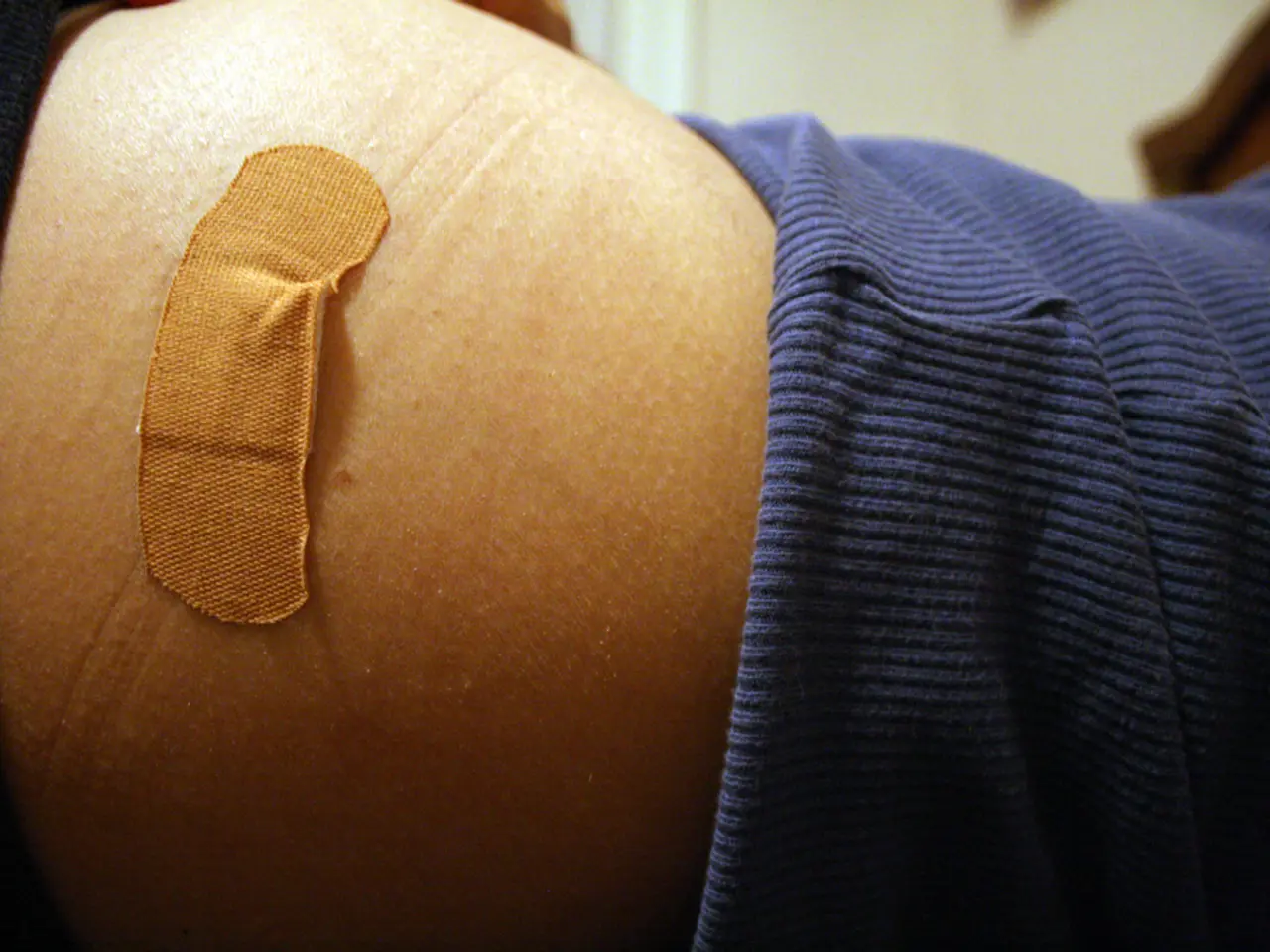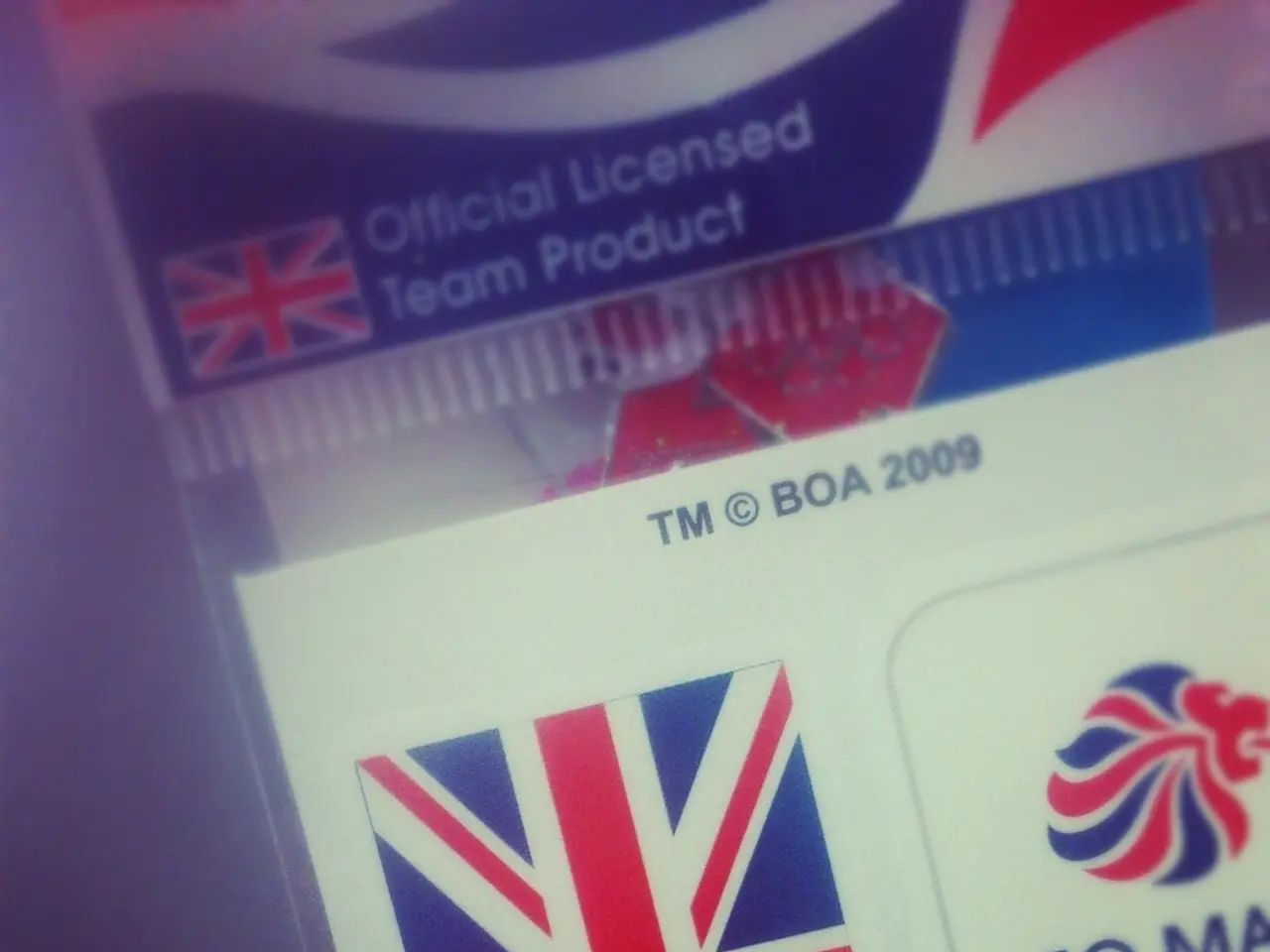Experienced a Nail Injury: Advice on Immediate Actions and Medical Consultation Need
Stepping on a nail can be a common household accident, but it's crucial to know how to respond to minimize the risk of infection and potential complications. Here's a guide on immediate first aid steps and when to seek medical help.
**Immediate First Aid Steps**
1. Wash your hands thoroughly with soap and water or use hand sanitizer before touching the wound. 2. Remove the object (nail) if it is still embedded in the foot, taking care not to cause further damage. 3. Clean the wound by rinsing it under running water to remove dirt and debris. Washing the area around the wound with soap is also recommended. 4. Control any bleeding by applying gentle pressure with a clean cloth or bandage. 5. Apply antibiotic ointment to reduce the risk of infection. 6. Cover the wound with a sterile bandage or gauze to keep it clean. 7. Monitor your symptoms closely for signs of infection or complications.
**When to Seek Medical Help**
- If the wound is deep, dirty, or caused by a rusty nail, seek medical care immediately. - If you have not had a tetanus booster within the last five years, you may need one right away. - Watch for signs of tetanus infection, which require emergency treatment. Early symptoms include jaw stiffness (lockjaw), muscle cramps, trouble swallowing, and unexplained headaches. - Seek prompt medical attention if you notice signs of wound infection, such as increasing redness, swelling, warmth around the wound, pus or drainage, increasing pain, fever, and so on.
**Risk of Tetanus**
Stepping on a nail risks exposure to *Clostridium tetani* bacteria, especially if the nail is rusty or the wound is deep. Without prompt treatment and vaccination, tetanus can cause severe muscle stiffness and spasms and can be life-threatening.
**Preventing Complications**
Early treatment from a doctor or foot specialist is the best way to avoid complications from a puncture wound caused by stepping on a nail. After dressing the wound, it's advisable not to put weight on the foot. If a doctor prescribes antibiotics, it's important to finish the course, even if the wound feels or looks better.
**Recovery and Immunity**
Recovery time for a puncture wound caused by stepping on a nail depends on factors such as how deep the wound is. Widespread vaccination has reduced tetanus infection in the United States by 99% since 1947. The immunity from the tetanus vaccine lasts around a certain period, but it's not specified in the provided text.
In conclusion, prompt first aid and seeking medical help when necessary can significantly reduce the risk of complications from a puncture wound caused by stepping on a nail. Remember, the tetanus vaccine protects against tetanus and diphtheria, and some versions also protect against pertussis (whooping cough). Rusty nails do not cause tetanus themselves, but they often occupy dirty or dusty areas that harbor the bacteria *Clostridium tetani*, which can cause tetanus if introduced to a wound. Ignoring signs of infection after stepping on a nail can lead to serious health issues, so it's essential to be vigilant and seek medical help when needed.
[1] Mayo Clinic. (2021). First aid for a puncture wound. https://www.mayoclinic.org/first-aid/first-aid-for-a-puncture-wound/basics/art-20056509 [2] NHS. (2021). Tetanus. https://www.nhs.uk/conditions/tetanus/ [4] CDC. (2021). Tetanus. https://www.cdc.gov/tetanus/index.html
- While following first aid steps for a puncture wound, one should also be aware of other potential medical-conditions that could arise, such as bipolar disorder, ankylosing spondylitis, migraine, diabetes, arthritis, psoriatic arthritis, or chronic kidney disease, as they may require specific treatments.
- Predictive science can help identify the risk of various chronic diseases, including neurological disorders like migraine, psoriasis, multiple sclerosis, or Parkinson's disease, by analyzing family history, lifestyle factors, and environmental exposures.
- Depression, a mental health issue, can co-occur with chronic diseases such as diabetes, arthritis, or respiratory conditions, leading to reduced quality of life and increased healthcare costs.
- Obesity, a common chronic disease, has been linked to an increased risk of hearing loss, skin conditions like psoriasis, type 2 diabetes, and certain types of cancers, such as nsclc and cancer of the kidney, liver, and gallbladder.
- AQ (Air Quality) is essential for those with respiratory conditions like asthma, COPD, or eye-health issues like dry eyes or allergic conjunctivitis, as poor air quality can exacerbate these conditions.
- Adopting a healthy lifestyle, focusing on health-and-wellness, can help manage or prevent various chronic diseases like diabetes, obesity, and heart disease. This includes maintaining a balanced diet, regular exercise, stress management, and avoiding smoking and excessive alcohol consumption.
- Skin-care is crucial for those with skin-conditions like acne, psoriasis, or eczema, as inadequate care can lead to infection and worsening of symptoms.
- Therapies-and-treatments, such as cognitive-behavioral therapy (CBT) or antidepressants, can help manage depression, psoriasis, and other neurological disorders, improving the overall quality of life.
- Early diagnosis and treatment of chronic diseases, such as diabetes, arthritis, or mental-health disorders like depression, can significantly improve patient outcomes and potentially slow disease progression, emphasizing the importance of regular medical check-ups and screenings.




